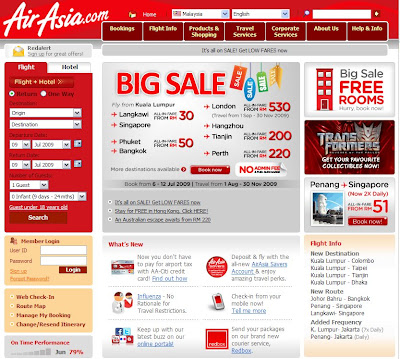
E-learning is the online delivery of information for the purposes of education, training, or knowledge management. From the education perspective, it allows student to acquire new knowledge through the internet without personally being present at school or campus.
Malaysian Universities Offering E-Leaning
In our country, E-learning has become more and more popular nowadays. Some of the Malaysian Universities have in fact started to offer E-learning since it is another way of learning. Among the universities providing such service are Universiti Teknology Malaysia (UTM), Universiti Tun Abdul Razak (UNITAR), Open University Malaysia (OUM), and Multimedia University (MMU).
However, nothing in this world is perfect; everything comes with its advantages as well as disadvantages. So let us look into what are the pros and cons of E-learning from a student’s perspective.
Pros
• Save Time and Costs
Since E-learning allows students to learn through the internet anywhere, it helps save up lots of time for students especially for those who actually have to travel to the campus from their house. Besides, it also helps save up expenses such as the cost of rental, petrol and so on.
• Flexibility
E-learning provides more flexible learning time for students, so that they can adjust their time of learning based on their own personal schedule. Apart from that, it benefits for those students who have financial difficulties and are taking up part-time jobs in order to cover the tuition fees.
• Learning with self-paced
In the traditional teaching method, lecturers and tutors would not change their ways of teaching or teaching pace just because you cannot understand or follow-up. This might affect the students’ result. However, through E-learning, students can learn at the speed which they can afford, therefore, results in a better way of study for them.
Cons
• Lack of Face-to-Face Communication
E-learning is an online learning without face-to-face communication. The lack of face-to-face communication might cause the students to be not able to solve some problems they might face during the study process. There might be a solution to their problems whereby the lecturers or tutors reply through the e-mail, however sometimes what written in words does not help much. A realistic assistance from the lecturers or tutors will give a better understanding for students to solve their problems on the study.
• Low Motivation
Motivation is an important tool to engage someone to perform better. As we know, E-learning works on the basis of self-learning, thus students might feel demotivated when they are learning alone. Lack of motivation might cause the student to not put in 100% of effort in achieving good results.
In conclusion, there are advantages as well as disadvantages for E-learning. Therefore, students who are choosing E-learning as the way of their learning must overcome the disadvantages in order to achieve success in E-learning.
 E-government is among the flagship applications launched by MSC. It consists of seven main projects which are currently under implementation. They are:
E-government is among the flagship applications launched by MSC. It consists of seven main projects which are currently under implementation. They are:






 For the
For the 











